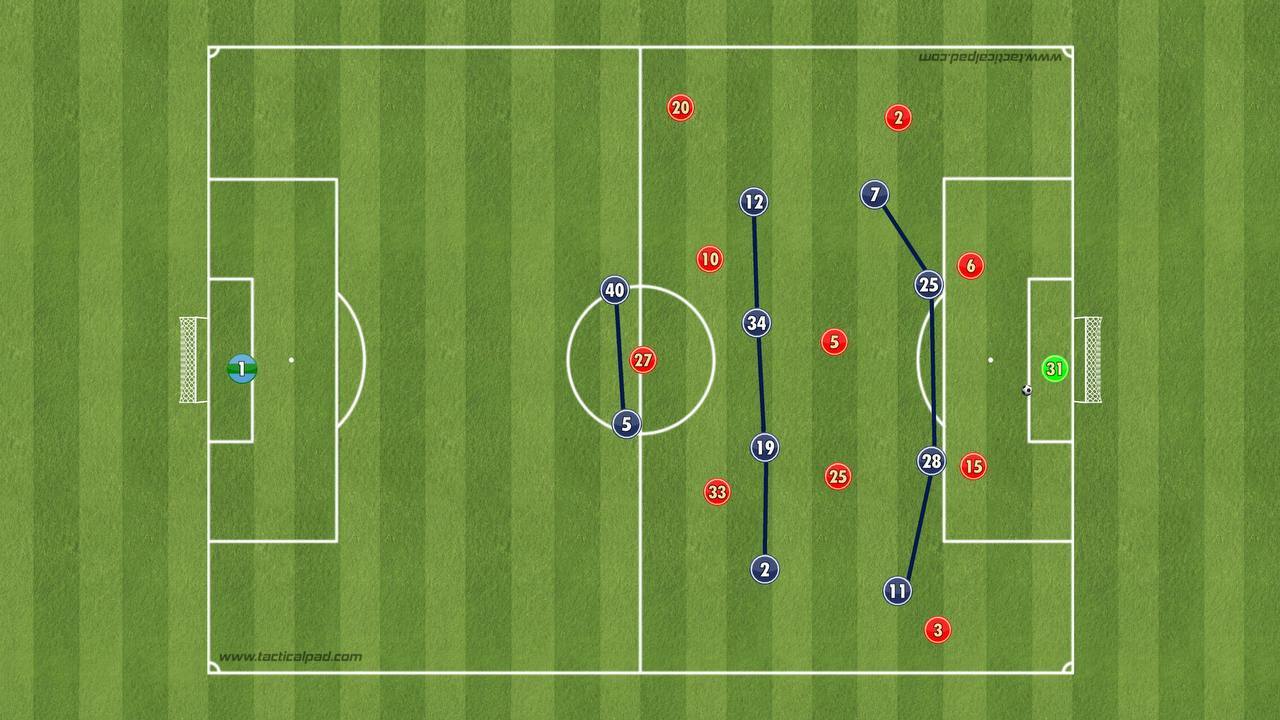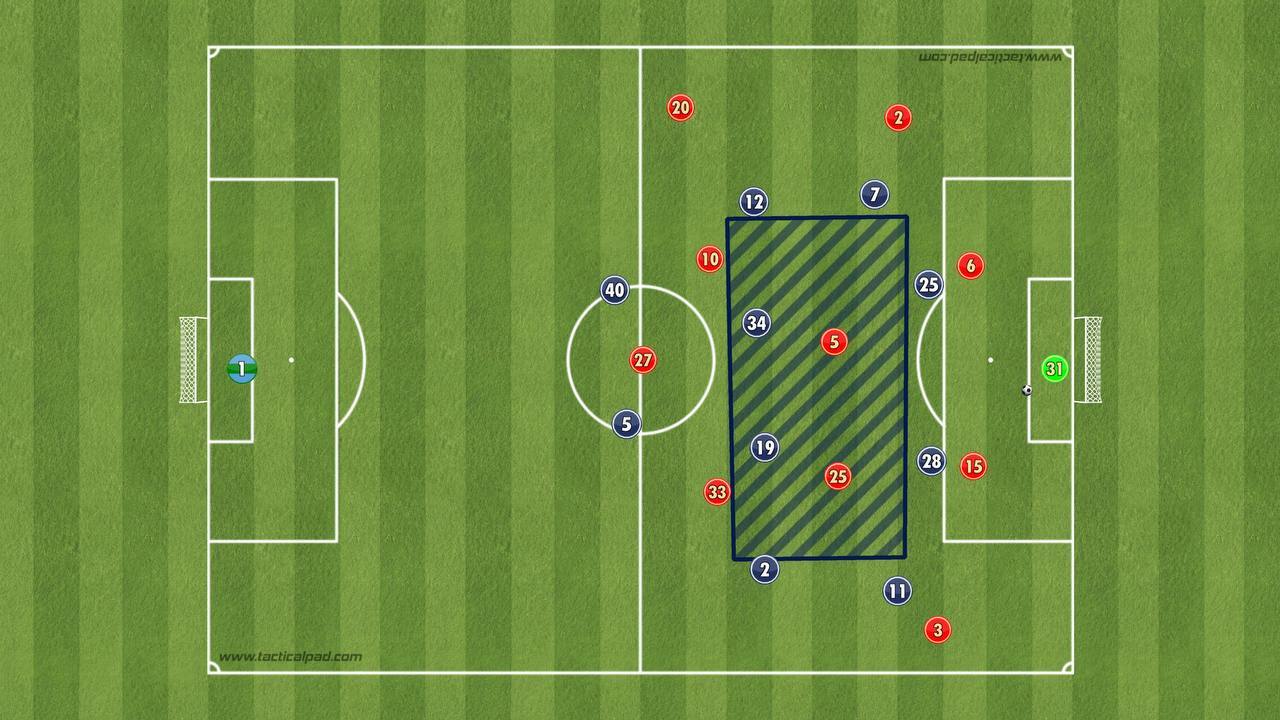- Blue and White Notes
- Posts
- Tactics with Shaun #3 (Pressing)
Tactics with Shaun #3 (Pressing)
The risks and rewards of the high press

Ah, press it… press it real good’ (as I believe Salt-N-Pepa said).
Sooooooo, the trip to St Andrews last month as also been haunting me ever since we played them. This is down to their out of possession set-up and aggressive press, with its high risk and high reward, which I don’t think I’ve seen anyone else apply in the same way this season.
Blackburn probably came close with their ‘man to man’ press but it appeared as though their out-of-possession starting position was deeper, so then ‘pushed on’ to the Ipswich back line and keeper.
To me, the most unusual aspect of the Birmingham set-up was that they unexpectedly set up with two centre forwards (Stansfield & Burke) but with an out of possession shape of 2-4-4.
As with all tactical strategies, there are positives & negatives, so this is how I see the Birmingham approach:
High Reward
• A successful, early high press can lift the crowd and provide further energy, especially if it leads to the first goal early.
• It stops Ipswich from building up from the back, through the pitch.
• The higher up the pitch you turn over the ball, the closer you are to goal and to getting attempts to score.
High Risk
• Committing so many players forward, for the press, leaves more space at the back and makes you susceptible to pace on the counter.
• So much energy exerted early on is hard to maintain and leaves lower levels later in the game.
• Birmingham had lost their last three games and their new Manager had no wins, so it would have been easy to ‘play safe’.

In my view, it wasn’t just a ‘high press’ from Birmingham that was unique but the areas of the pitch that they targeted the press (centrally and high up) and then how they set this up with long balls (especially into the full back areas) followed by ‘crowding’ the second ball areas with a ‘pincer’ closing down from all angles.
Analysing the game there were so many examples of their success, just in the first half, that I’ve had to break it down into two parts:
and the second part…
To aid the Birmingham set-up and aggressive press, they went long from goal kicks and out from the back, usually towards the full backs to get them into the best positions to execute the plan. From there they either worked for second balls or looked to turn Ipswich around, allowing them to work their high press even if the ball goes out of play (I believe that McKenna is always keen on keeping the ball in play as much as possible because of this). You can see examples in this video:
As we’ve discussed previously Kieran McKenna has said that the players are given instructions on possible opposition set-up and tactics, with then various plans on how to counter each one and we usually see the players assessing the situation early on in games. Whether this is working out who the spare man is or identifying when an opposition have over-committed in their press.
On this occasion, it appeared to be that the instruction or plan was to go longer, especially to the isolated spare men (Hutchinson and Hirst) but this was executed poorly and didn’t work.
Look out for McKenna giving instructions to Hirst (I think) to pull out wider (to isolate a centre back) and then Burgess ‘assessing’ the Birmingham set-up.
Soooo, as we’ve seen, different teams have different ways of setting up to try to stop Ipswich playing, some successful and others not so much, as we’ve discussed previously, whether that’s with 3 centre backs (e.g. Huddersfield, Millwall), a mid-block (West Bromwich Albion), low block (Cardiff) or high-line (Swansea). Then they have specific plans to stifle our creative outlets.
As the season goes on, it will be interesting to see if any other teams decide to copy one of the successful plans that we’ve seen and also, what teams do when they come up against us for the second time this season.
If I get a chance I’ll try to put together some examples (West Brom, in particular) or do a ‘look back’ when we play the same teams later on.
Reply